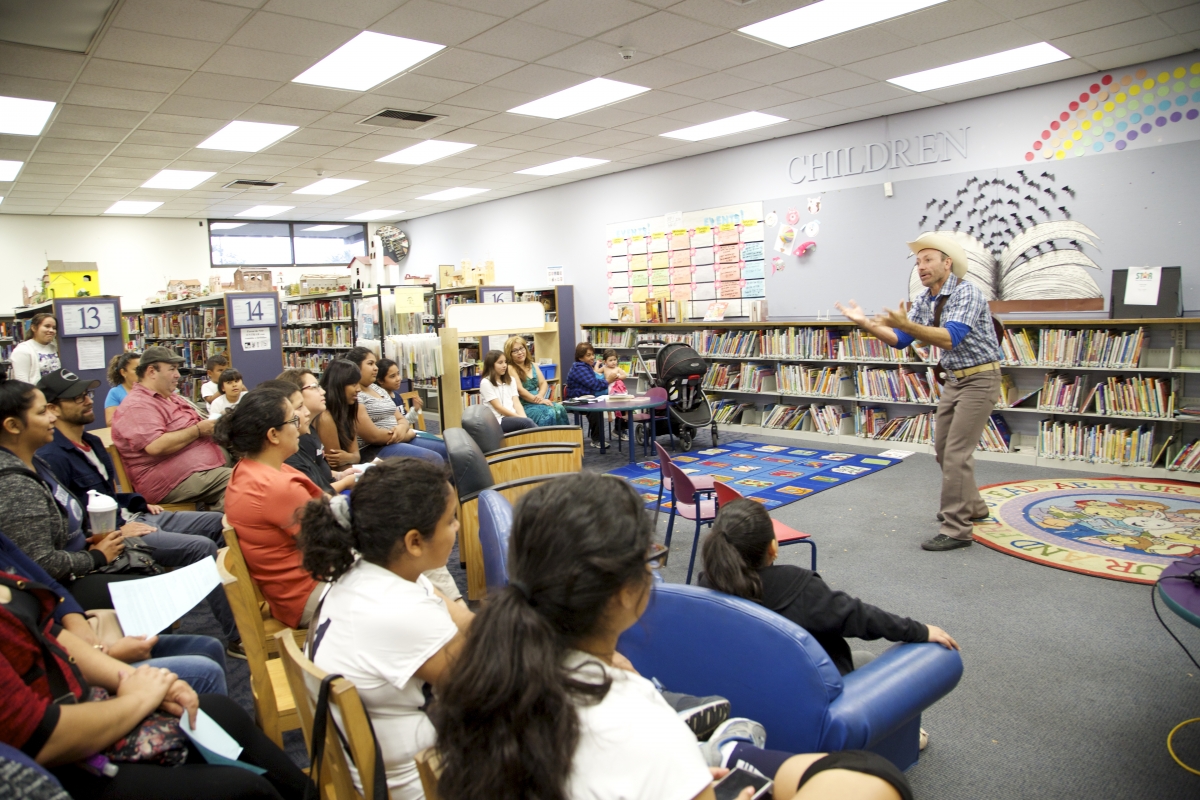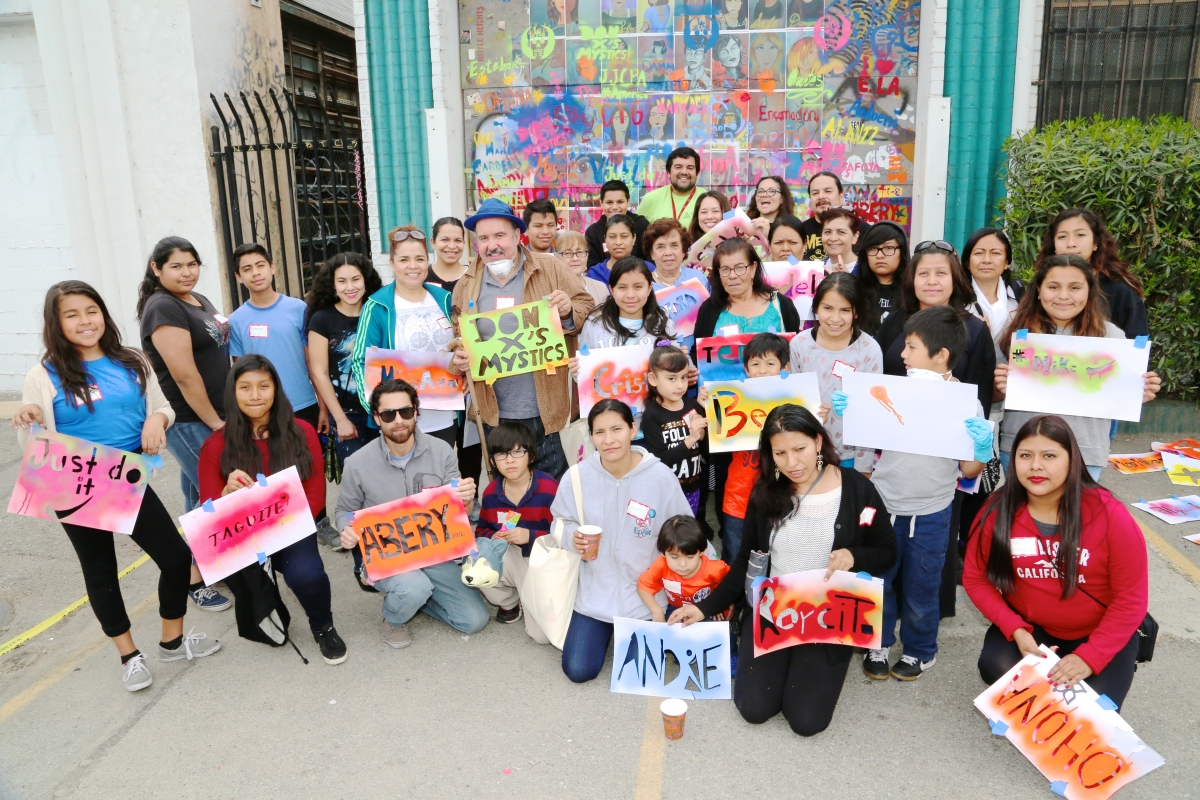It Has to Be Bigger Than You
Posted by May 07, 2018

Jesus A. Reyes
When my mother died I felt a shift. When my first nephew was born, I felt another shift. Both events happened in the span of six months. Suddenly, theatre as I knew it didn’t matter in the same way anymore. Directing and acting didn’t have the same power over me that it once did. I found myself staying home more with my elderly aunt and my nephew and not caring that I was missing out on another opening night somewhere in Los Angeles. It was the most liberating time of my life. And, like the song says: I felt nothing.
At the exact same time my journey with mentor Diane Rodriguez of Center Theatre Group, with the support of a TCG Future Leaders Grant, allowed me to make a living working in theatre. The grant, and Diane’s network, unlocked new opportunities that I had long dreamed about. I had gone from working with my small theatre company in East Los Angeles to working in the largest regional theatre on the West Coast—another shift!

For the first time in my life I began to travel frequently. I made several trips to New York City, to other major regional theatres, to Havana, and to Europe. Leaving my home base and meeting people doing similar work with similar challenges was both exhilarating and exasperating. One day I realized that for me theatre was bigger than me, that my family was bigger than me, that the remaining three years that I would share with my elderly aunt and the unknown years I would spend with my nephew (plus two additional nephews later) was bigger than me. I was no longer moved solely by trying to be a powerful director and a mover and shaker of the theatre sector; there were many things bigger than me that I had responsibility for.
At this juncture I was able to look back at my theatre career and identify elements of community development, be it among fellow theatre artists, the Latinx community, or a specific neighborhood. This time to reflect made it clear that all my efforts would forever be anchored to these elements, and within my position I would continue to work towards supporting other Los Angeles theatre artists, increasing the visibility of Latinx theatre artists and audiences, and focusing on the community of Boyle Heights as a model for other communities throughout the county of Los Angeles.
We are living in a time where many big shifts are happening simultaneously in our country and in our art sector. Equity, race, inclusion, and justice are principles worth fighting for just as family, education, fare wages, and homelessness are, and you must know what is bigger than you that is worth fighting for, that is worth pushing through to create change. Are you led by something bigger or are you led by a steady paycheck? Are you willing to be led by something bigger than just a play, or a season? Are you willing to be led by something bigger than the mission someone else established for the organization you work for?
It is very easy to get lost in the day-to-day work, or exhausted by wearing too many hats at a job that pays you too little or asks too much of you. You must realize that you have so much power in your position; you must make the time to review what is the thing leading you, what gets you up every morning, and what is it you want to change. It may be time for you to find a new place of work, to redefine your role, or to move into a new sector, but once you find that bigger thing, the cause, the calling, whatever you want to call it, you will find ways to create change.
As Community Partnerships Director at Center Theatre Group, I have been allowed to develop a strategy that helps me design and implement community programs in line with my belief of being led by something bigger.
To seek out connections, needs, intersections, assets, and opportunities, I look through three lenses: Community (in my case Boyle Heights), Organization (in my case Center Theatre Group), and Artists.
As I begin designing community programs, I adhere to three important steps:
Use what is there—There is no need to invent something new. Use what already exists in the community and in the organization. It can be a physical space, a tradition, a local group, or a community issue.
Identify the drivers—Who are the community members that have access to many other members, that are leaders, that believe in your purpose, that you know by name and are willing to support your programs?
Maintain momentum—If you have committed to a community, decide on the duration and make sure your program is consistent and frequent. Too many times, communities are inundated with one-offs by arts organizations, politicians, and service organizations. The more often a program is part of a community, the stronger the relationship will be, and the greater the effect on both the community and the organization the program will have.
Community programs have included play readings and workshops at libraries, parent centers, community events, a bar, and Center Theatre Group’s costume shop. Artists involved have been local emerging and professional artists from a variety of disciplines as well as staff members. There has been a shift as to how community members perceive theatre and the organization, but most importantly, there has been a shift as to how the organization sees and interacts with community members.






